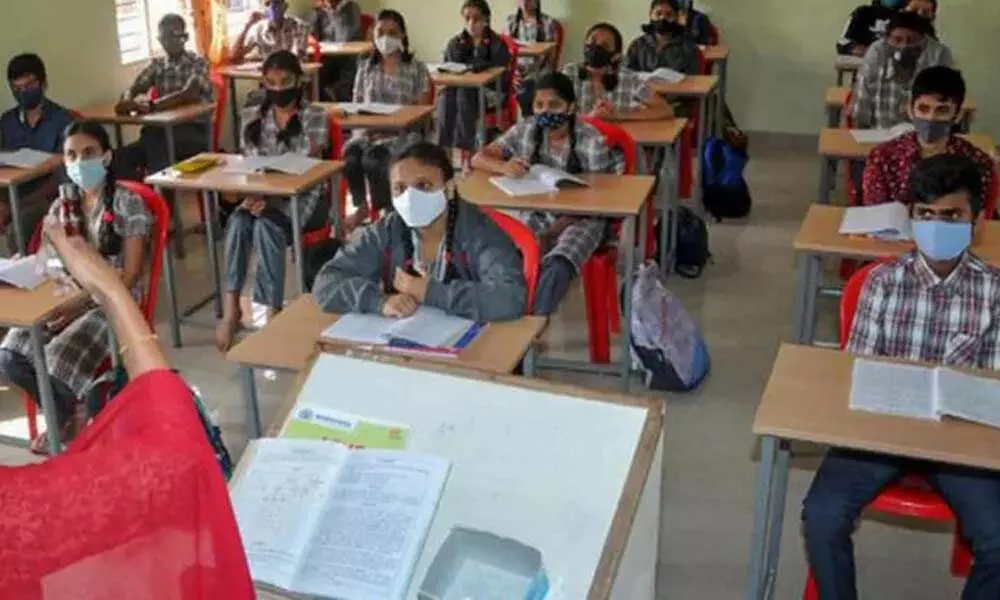Dipping R value indicates Covid ebbing in India
If R (reproduction number) is lesser than 1, it means the number of newly infected people is lower than the number of infected people in the preceding period and the disease incidence is going down
image for illustrative purpose

New Delhi: AFTER breaching the value of 1 in the first week of August, the R number, which reflects how rapidly the coronavirus pandemic is spreading, has been steadily ebbing, according to researchers at the Institute of Mathematical Sciences, Chennai.
"India's R has fallen to around 0.9," Sitbara Sinha, who is leading the research, said, citing their data. If R is lesser than 1, it means the number of newly infected people is lower than the number of infected people in the preceding period and the disease incidence is going down.
The R-value of Kerala, which has the highest number of active cases in the country, is now below 1 after a gap of seven months, signalling a relief to authorities who have been struggling to bring down the injection levels in the state. The northeastern states seem to have finally come out of the second wave, Sinha said.
The R-value between August 14-16, calculated by the researchers now stands at 0.89. The R-value for Maharashtra, another state which has a high number of cases, is 0.89, the data shows. However, Himachal Pradesh continues to have an R value of above 1, although it reduced in the last few days, while Tamil Nadu and Uttarakhand still have R very close to 1, Sinha said. Among the major cities, the R-value of Mumbai was lowest (0.70 from August 10-13), followed by Delhi (0.85 from July 31 to August 4), Bengaluru (0.94 from August 15-17), Chennai (0.97 from August 15-17). However, the R value remains high for Kolkata (1.08 from August 11-15), Pune (1.05 from August 10-14).
The Reproduction number or R refers to how many people an infected person infects, on average. In other words, it tells how 'efficiently' a virus is spreading. A smaller R indicates the disease is on a decline. Conversely, if R is greater than 1, the number of infected people is increasing in each round - technically, this is what is called the epidemic phase.
After the devastating second wave that saw hospitals and health infrastructure being overwhelmed by the patients infected by SARS-CoV2 coronavirus, the R-value started to decline. During the March-May period, thousands of people died due to the infection while lakhs were infected. In its bulletin on Wednesday, the Ministry of Health said India saw a single-day rise of 25,166 new Covid-19 cases, the lowest in 154 days, taking the tally to 3,22,50,679. The national recovery rate was recorded at 97.51 percent, the highest since March 2020. Less than 50,000 daily cases have been reported for 52 consecutive days.
From June 20 to July 7, the R-value stood at 0.78. However, it slowly started increasing —- it was 0.88 from July 3-22, 0.95 from July 24-27, 0.96 from July 27-31. It breached the value of 1.03 for the first time after the second wave during August 6-9. However, since then it has slowly started to decline. The value was 0.92 from August 6-9, rose to 0.99 between August 12-14. But it slipped to 0.89 between August 14-17.

